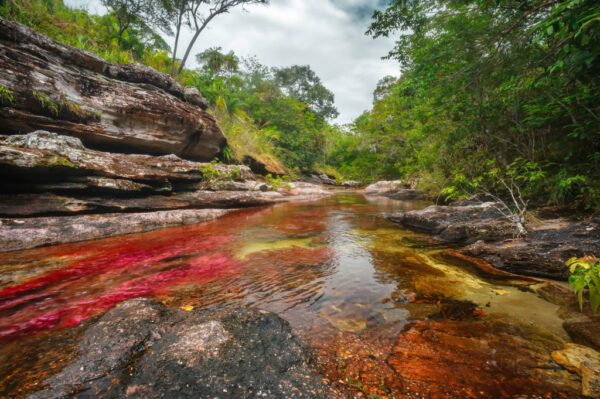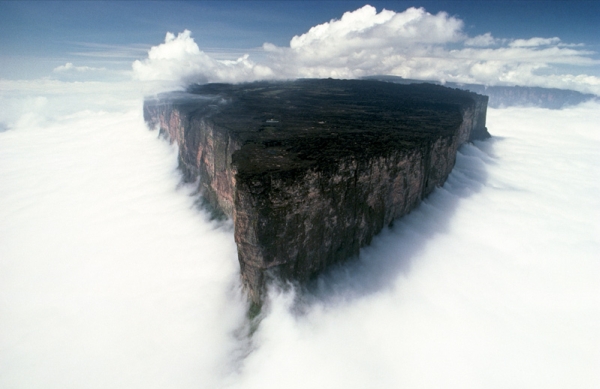Dimethyl 2-fluoromalonate
Dimethyl malonate (19.8 g, 0.15 mol) and Cu(NO3)2·2.5H2O (3.50 g, 15 mmol) were dissolved in acetonitrile (85 mL), the mixture was cooled to 0–5 °C and stirred at 650 rpm using an overhead stirrer. After purging the system with N2 for 5 minutes, fluorine gas (20% v/v in N2, 50 mL min−1, 170 mmol) was introduced into the reaction mixture for 7 h. After purging with nitrogen for 20 minutes, the solvent was removed in vacuo and the residue was partitioned between water (30 mL) and ethyl acetate (20 mL). The aqueous phase was extracted with ethyl acetate (2 × 20 mL) and the combined organic layer was washed with saturated brine (20 mL). After drying over sodium sulphate, the solvent was evaporated under reduced pressure to give dimethyl 2-fluoromalonate (21.8 g, 97% yield, 95% purity) as a colourless oil;IR (neat, cm−1) 2962, 1748, 1438, 1250, 1206, 1112, 1016;
δH (CDCl3, 400 MHz) 3.85 (6H, s, CH3), 5.31 (1H, d, 2JHF 48.0, CHF);
δF (CDCl3, 376 MHz): −195.73 (d, 2JHF 48.0, CH–F);
δC (CDCl3, 100 MHz) 53.48 (CH3), 85.19 (d, 1JCF 197.2, C–F), 164.39 (d, 2JCF 24.0, C
m/z (EI+) 150 (3%, [M]+), 119 (42%, [M − OMe]+), 91 (73%, [M − COOMe]+), 59 (100%, [COOMe]+). Spectroscopic data in agreement with previously published data.
N. Ishikawa, A. Takaoka and M. K. Ibrahim, J. Fluorine Chem., 1984, 25, 203–212
http://pubs.rsc.org/en/content/articlehtml/2015/gc/c5gc00402k
 amcrasto@gmail.com
amcrasto@gmail.com
Top 10 Most Exotic Places to Travel
If you are in the mood to travel off the beaten path, check out these unique exotic places.

Bagan is home to the largest and densest concentration of Buddhist temples and stupas in the world. Once a mighty city was eventually sacked by the mongols. Interestingly its not a UNESCO World Heritage Site.

The famous forest is literally littered with famous tombs, temples is close to the “Moon Crossing Bridge”. Its worth exploring.

This is a Buddhist cave complex in Burma. Yes, I know this list has a lot of Buddhism related items, but these places are truly one of a kind. It contains 947 richly decorated caves in the complex.

Now for something completely different. Tanzania is one of the best places to go for a safari and home to Mount Kilimanjaro. Make sure to visit the Tarangire National Park, one of the last undiscovered jewels of Africa.

Known as the most beautiful river in the world, and even the “Liquid Rainbow”, is someplace you have to visit if you travel to South America. The river itself has no fish at all. Should be fun to swim in.

Say hello to the inspiration behind Conan Doyle’s Lost World and The Avatar. This place is literally out of this world. This mountain is in South America and is the basis of many of the legends of the indigenous people who lived there before the Europeans arrived. According to them this is the stump of a mighty tree that once held all the fruits and vegetables in the world.

The capital of the ancient Khmer empire, is home to the majestic Angkor Wat, the largest temple in the world. This is one of the best places to visit in Cambodia. It also seems like the jungle is taking back the temple.

This place is a little difficult to find. Its five hours away from Tokyo if you take the Nozomi high speed train. Its a 15 km long tunnel, which you should visit in April.
10
Bagan

Bagan is home to the largest and densest concentration of Buddhist temples and stupas in the world. Once a mighty city was eventually sacked by the mongols. Interestingly its not a UNESCO World Heritage Site.
9
Arashimaya Bamboo Forest, Japan

The famous forest is literally littered with famous tombs, temples is close to the “Moon Crossing Bridge”. Its worth exploring.
8

After watching the film “Frozen”, I felt compelled to include an icy
wonderland. The ice caves fit the bill. The caves exists because the
glacier is melting and that means this place wont last long, enjoy it
while you can.
Mendenhall Ice Caves

7

Ever wondered how Europe looked like pre-14th century? Even if you
didn’t this is your answer. This is one of the best preserved forests in
the world, and you can finally see what type of environment King Arthur
saw when he was off exploring.
Białowieża Forest

6
Phowintaung

This is a Buddhist cave complex in Burma. Yes, I know this list has a lot of Buddhism related items, but these places are truly one of a kind. It contains 947 richly decorated caves in the complex.
5
North Tanzania

Now for something completely different. Tanzania is one of the best places to go for a safari and home to Mount Kilimanjaro. Make sure to visit the Tarangire National Park, one of the last undiscovered jewels of Africa.
4
Caño Cristales

Known as the most beautiful river in the world, and even the “Liquid Rainbow”, is someplace you have to visit if you travel to South America. The river itself has no fish at all. Should be fun to swim in.
3
Mount Roraima

Say hello to the inspiration behind Conan Doyle’s Lost World and The Avatar. This place is literally out of this world. This mountain is in South America and is the basis of many of the legends of the indigenous people who lived there before the Europeans arrived. According to them this is the stump of a mighty tree that once held all the fruits and vegetables in the world.
2
Angkor

The capital of the ancient Khmer empire, is home to the majestic Angkor Wat, the largest temple in the world. This is one of the best places to visit in Cambodia. It also seems like the jungle is taking back the temple.
1
Kawachi Fuji Gardens, Japan

This place is a little difficult to find. Its five hours away from Tokyo if you take the Nozomi high speed train. Its a 15 km long tunnel, which you should visit in April.









